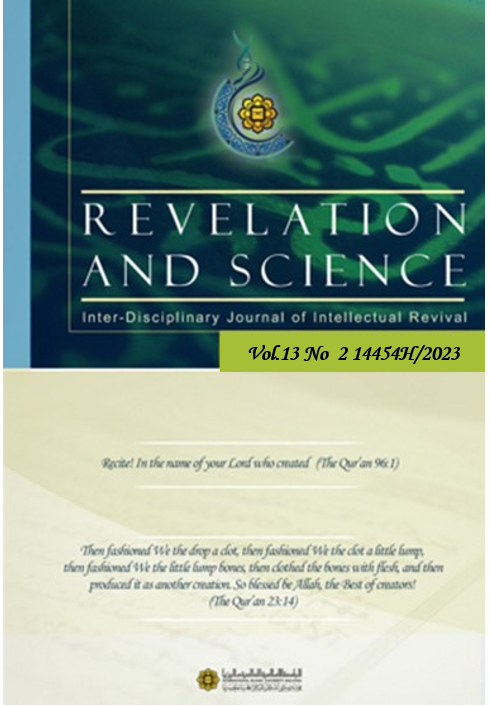Diffusible Pigment of Actinomycete as A Source of Textile Dye
DOI:
https://doi.org/10.31436/revival.v13i2.370Abstract
Natural dyes from microorganisms offers as an alternative to synthetic dyes due to the negative impacts caused by synthetic dyes to the environment. This study focused on the ethyl extraction of blue pigment from actinomycete, Micromonospora sp. K7-06 previously isolated from Kuantan mangrove forest. Micromonospora sp. K7-06 was found to produce blue diffusible pigment when cultured on ISP4. Several solvents were used to extract the blue pigment namely, distilled water, ethanol, methanol, dichloromethane (DCM), ethyl acetate and hexane. Optimum extraction of the blue pigment was achieved when using distilled water. The pigment obtained was characterized using UVSpectrophotometer and FTIR Spectroscopy. The blue pigment has ?max of 263 nm and four functional groups i.e. amines, nitriles, nitro, ester and ether identified through FTIR spectroscopy. Cotton and wool were used to assess the blue pigment potential as textile dye. The blue pigment showed textile dyeing ability as it was able to withstand for three consecutive normal wash treatment. Agar well diffusion method was used to evaluate the antibacterial potential against S.aureus and B. cereus. No inhibition zone was observed indicating that the pigment does not have an antibacterial property against S. aureus and B. cereus. Nevertheless, the blue pigment has textile dye potential due to its retentive property.
Keywords: Micromonospora sp. K7-06, natural dye, textile, blue pigment, antibacterial






